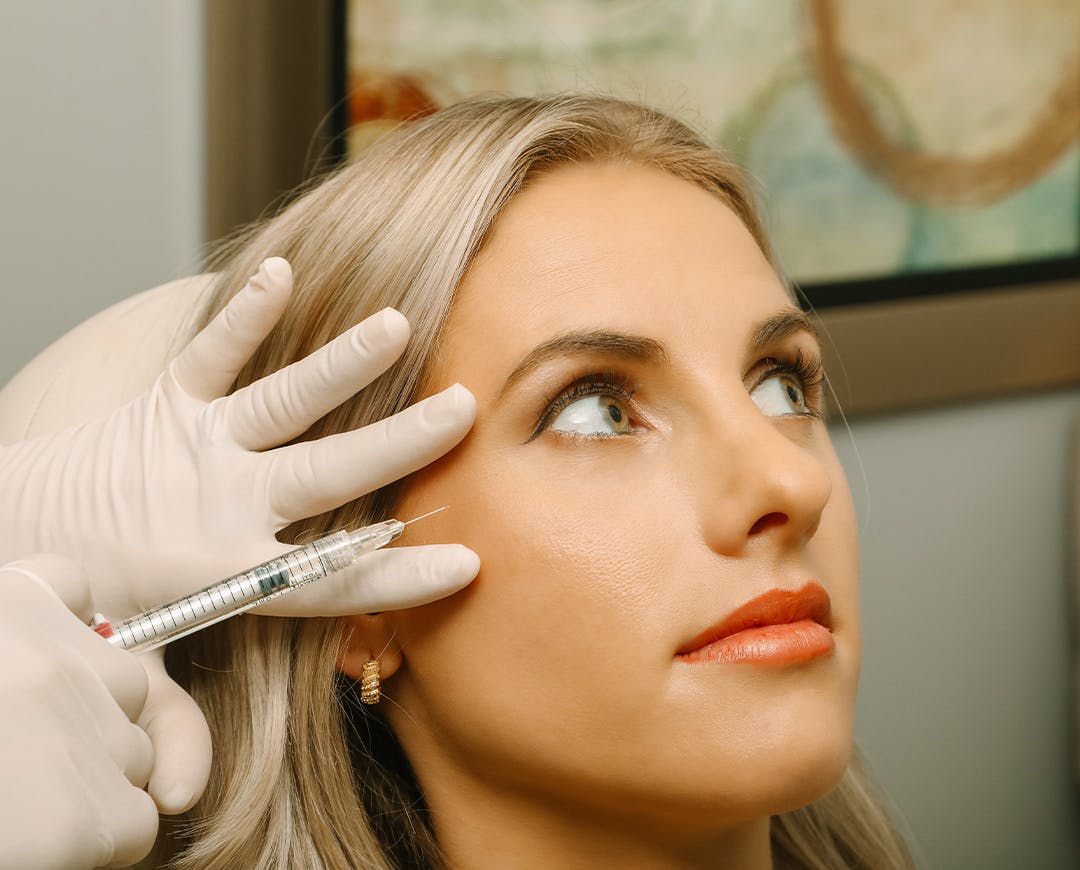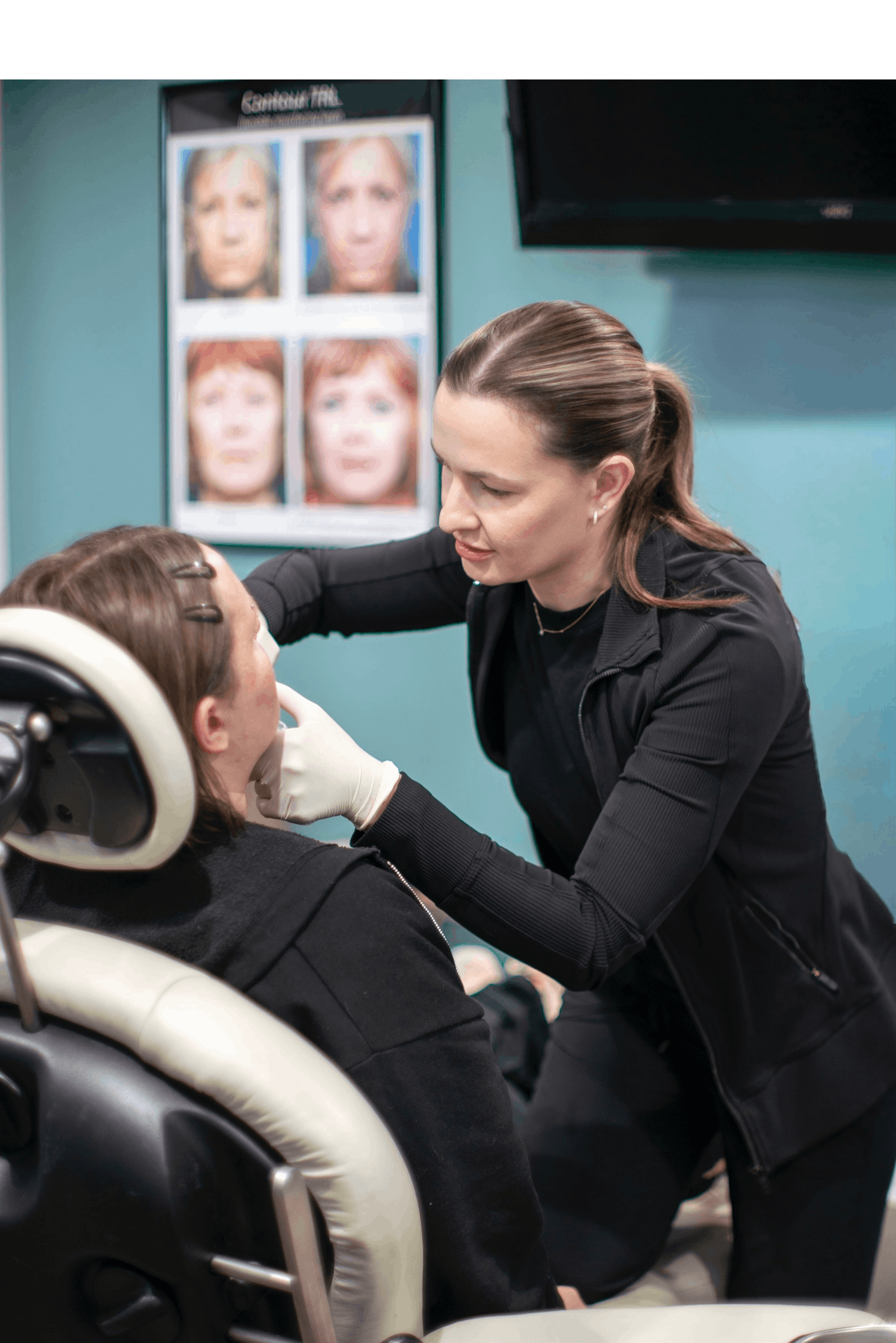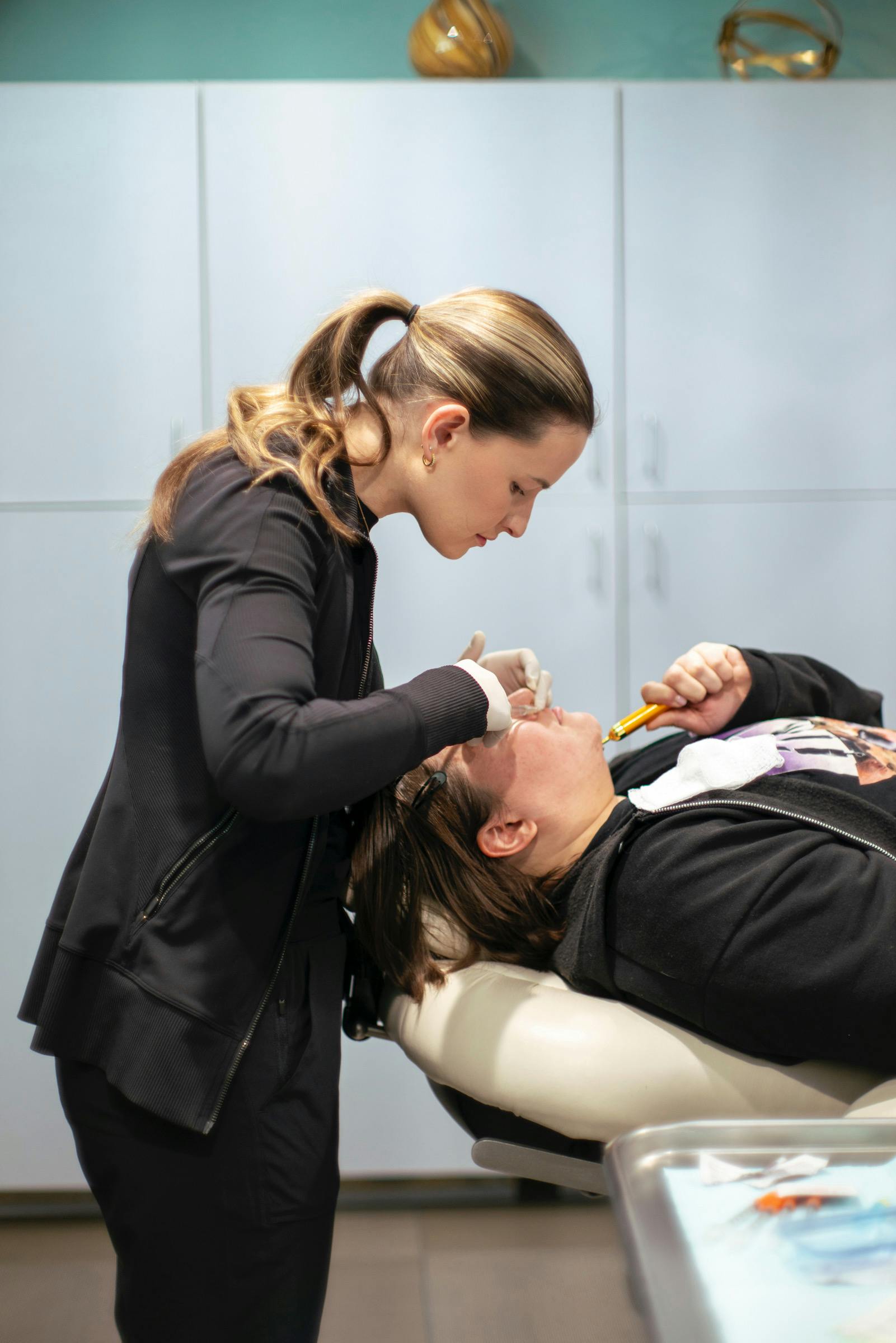As we age, our faces begin to show the effects of gravity, sun exposure, and years of facial muscle movement, such as smiling, chewing, and squinting. The underlying tissues that keep our skin looking youthful and plumped up begin to break down, often leaving laugh lines, smile lines, crow's feet, or facial creases over the areas where this muscle movement occurs.
Knowing Your Injectable Options
Injected collagen and fat are primarily used to improve the appearance of the skin's texture. They can help fill out deep facial wrinkles, creases and furrows, "sunken" cheeks, skin depressions, and some types of scars. They can also be used to add a fuller, more sensuous look to the lips.
Injectables are usually not sufficient for severe surface wrinkles on the face. Instead, your plastic surgeon may suggest a resurfacing technique, such as chemical peel, INFINI, or laser treatments. Rather than filling in facial lines, resurfacing methods strip away the outer layers of the skin to produce a smoother appearance.
Deep folds in the face or brow caused by overactive muscles or by loose skin may be more effectively treated with cosmetic surgery, such as a facelift or browlift. Injectables are sometimes used in conjunction with facial surgery procedures; however, injectables alone cannot change facial contour the way surgery can.
Keep in mind that a plastic surgeon is a specialist who can offer you the full gamut of the most advanced treatments, ranging from cosmetic surgery, refinishing techniques, laser therapy, injectables, and the use of other fillers. You and your surgeon may determine that a single procedure or a combination of procedures is the best choice for you.
ASPS brochures are available on chemical peel, dermabrasion, laser treatments, facelift, and browlift. If you and your doctor think one of these other procedures might be more appropriate, ask your plastic surgeon to provide you with a copy.










